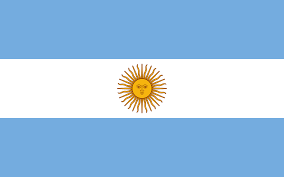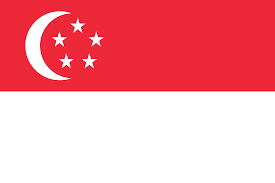
Jordan
22-12-2023
The TRC has released draft Type Approval Regulation for public review
On November 22, 2023, the TRC, Telecommunications Regulation Commission of The Hashemite Kingdom of Jordan has initiated a public consultation regarding the draft instructions for the type approval of telecommunications devices. The suggested modifications to TRC’s Type Approval Certificate Regulation consist of:
- Certificates will now be valid for a period of 1 year instead of 3 years.
- Renewal submissions can be made 3 months before the expiration date without requiring additional renewal documents, unless the device undergoes a change.
- The lead time for processing requests will be increased from 10 business days to 20 business days.
- Categorizing various electronic devices into four different types, namely,
- wired communication devices,
- radio devices (divided into low,
- power and high power devices),
- terminal equipment, and
- infra devices.
- Changes to submitted documents and labeling requirements
You can find the consultation on this website and you have the opportunity to share your comments until January 4, 2024.











